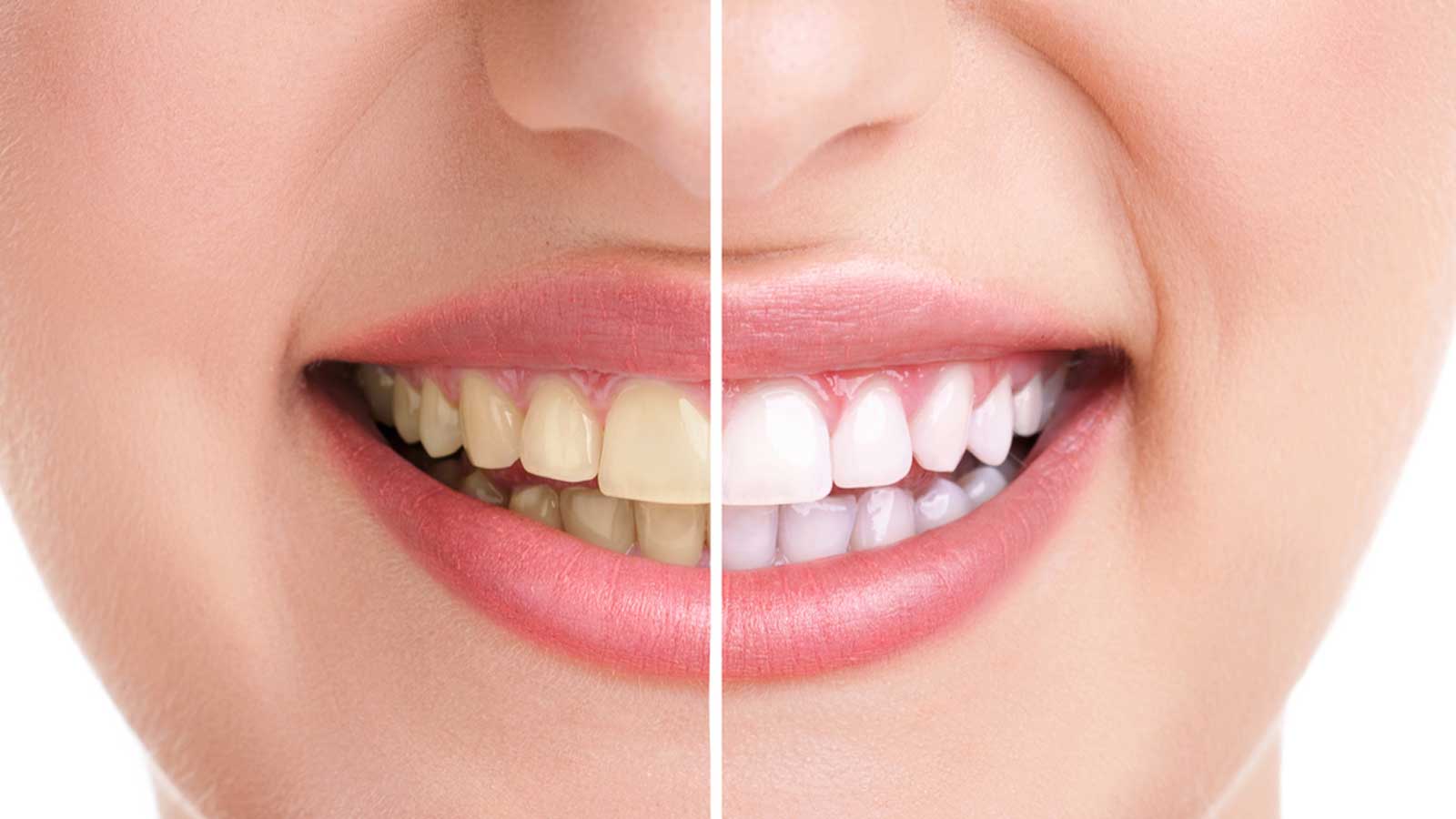Restore Your Tooth Damage with Conservative and Tooth-like Composite Dental Fillings
Patients with minor tooth decay should fix it before the problem becomes bigger, requiring more costly and invasive dental restorations. Cavities start as small caries formed as bacteria secrete acidic substances that erode your enamel. When you don’t treat your cavities, they grow into bigger pits that require dental crowns or root canal therapy to save your tooth.
You don’t have to let dental cavities wreak havoc on your dental health. White Sage Dentistry uses tooth-colored (composite) fillings to treat cavities. With our natural-looking dental fillings, you will have a cavity-free smile without compromising the natural aesthetics of your smile. Who doesn’t enjoy that?
What to expect during composite filling treatment

Tooth decay treatment with composite resin is pretty fast and painless. After numbing your treatment area, the dentist drills out the decayed part and cleans it thoroughly to eliminate any traces of harmful bacteria. Next, we fill out the cleaned portion with composite resin in layers. Your dentist then uses curing light to harden the material.
Before letting you leave, we make a few adjustments to your treated tooth to ensure your bite feels normal. Finally, we polish your filling for a natural-looking, shiny finish. After treatment, the only aftercare tip is to avoid chewing or eating until the anesthesia wears out. You may bite your tongue or cheeks if you chew with your mouth still numb.
Benefits of composite fillings
A few decades ago, dentists could only treat tooth cavities and decay with amalgam fillings. While these silver-colored fillings work, they have safety and aesthetic concerns. Dr. Shruti Jadeja and other like-minded dentists use composite fillings to fix minor tooth damage because they have numerous benefits, like:
- Safety — white fillings are biocompatible (contain toxic-free materials)
- Aesthetically appealing — white fillings are virtually indistinguishable from your natural teeth
- Conservative — we only remove a small portion of your tooth when treating it with composite resin
- Versatile — they can treat cavities and tooth decay in front and back teeth
Would you like to restore your smile with composite fillings in Salem, OR? If yes, please dial (503) 877-1626 to book an appointment with the team at White Sage Dentistry.
Tooth-colored fillings are made out of composite material which often contains resin mixed with glass or ceramic. These materials are combined to form a durable, white filling material that can be color matched to your tooth.
A filling may be needed when you have a cavity in your tooth. Your dentist will first clean out the cavity and remove any decaying material and bacteria. You will then receive a filling to fill in the hole in the tooth to protect your tooth from further decay.
There are many differences between tooth-colored fillings and traditional fillings, but they all come down to the materials used in each filling. Traditionally, fillings were performed using silver dental amalgam which contains mercury and other metals. Tooth-colored fillings are composed of composite resin which is usually made up of acrylic resin and glass or ceramic. Composite fillings are white or tooth-colored while amalgam fillings are a dark silver or metallic color. Tooth-colored fillings are also considered to be safer by many people as they do not contain toxic materials such as mercury.
How natural your tooth-colored fillings look depends largely on the dentist creating the filling material. We are careful to color-match your composite fillings to your teeth so that they blend right in with your tooth and are essentially unnoticeable.
Much like your natural teeth, tooth-colored fillings can become stained or discolored over time. If you want to avoid stained fillings and stained teeth, remember to brush and floss regularly and avoid dark-colored foods and beverages. If you do consume drinks or food that could stain your teeth and fillings, try drinking such beverages through a straw and rinsing your mouth with water afterward consuming any of these items. We will also examine your fillings at your regular appointments and can polish them along with your teeth to minimize staining.


